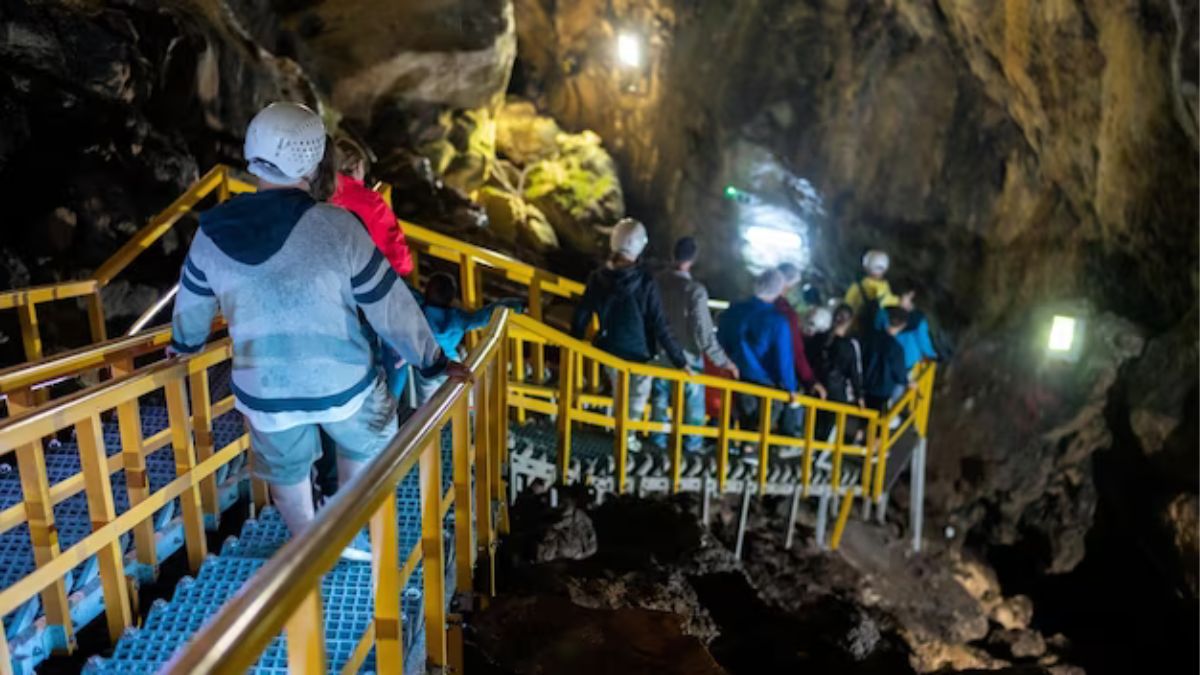Mining is an essential industry that plays a crucial role in the global economy. It provides raw materials for various industries, including construction, manufacturing, and technology. However, mining operations also pose significant risks to workers and the environment.
Over the years, safety protocols and regulations have been put in place to minimize these risks. However, with advancements in technology and changing work environments, it is essential to continually evaluate and enhance safety protocols in mining operations. In this blog post, we will discuss the current state of safety in mining operations and explore ways to dig deeper and improve safety measures.
The Current State of Safety in Mining Operations
Mining has come a long way regarding safety, thanks to strict regulations and advancements in technology. However, it remains one of the most dangerous industries for workers. According to the International Labor Organization, an estimated 15,000 miners die from mining-related accidents every year globally.
The most common causes of fatalities in mining operations include vehicle collisions, explosions, and roof falls. These accidents can be attributed to various factors such as inadequate training, lack of proper equipment maintenance, and fatigue among workers. Moreover, mines are becoming deeper and more complex, increasing the risks involved in mining operations.
Enhancing Safety Protocols in Mining Operations
To improve safety outcomes, mining companies need to dig deeper and implement stricter safety protocols. Here are some ways to enhance safety in mining operations:
- Continuous Training and Education: Adequate training is essential for all workers in the mining industry. It should not only focus on the safe operation of equipment but also address potential hazards and how to handle them. Additionally, continuous education and awareness programs can help workers stay up-to-date with the latest safety protocols.
- Use of Technology: Advancements in technology have revolutionized mining operations. For instance, sensors and monitoring systems can be used to detect potential hazards such as gas leaks or unstable rock formations. Autonomous vehicles and drones can also reduce the risks associated with manual labor.
- Proper Equipment Maintenance: Consistent upkeep of mining equipment, such as coal haulers, is imperative to ensure safety. The occurrence of accidents causing injuries or fatalities can be attributed to faulty or malfunctioning machinery. By adhering to a rigorous maintenance timetable and swiftly attending to any concerns, potential hazards can be averted effectively.
- Addressing Fatigue: Mining operations often involve long and irregular working hours, which can lead to fatigue among workers. This can increase the risk of accidents due to reduced alertness and impaired decision-making abilities. Companies should implement strict regulations on working hours and provide adequate rest breaks for workers.
- Emergency Preparedness: Despite all safety measures, accidents can still occur in mining operations. Therefore, it is crucial to have emergency protocols in place to mitigate the impact of such incidents. This includes having proper evacuation plans, first aid training for workers, and emergency response teams.
Digging Deeper: The Future of Safety in Mining Operations
While advancements in technology have greatly improved safety in mining operations, there is still room for improvement. With the rise of digitalization and automation in mining, there are endless possibilities to enhance safety protocols further.
One example is the use of virtual reality (VR) in training programs. VR simulations can recreate hazardous situations and allow workers to practice emergency response without putting themselves at risk. This can greatly improve their preparedness and decision-making abilities during critical situations.
Another potential solution is the implementation of real-time monitoring systems that can track worker’s vital signs, including heart rate and fatigue levels. This can help identify potential risks before they escalate, allowing for timely intervention.
Moreover, the use of robotics and automation can reduce the need for human workers in high-risk areas. This not only minimizes the risk of accidents but also improves efficiency and productivity in mining operations.
Conclusion
Safety in mining operations should always be a top priority for companies. While current safety protocols and regulations have greatly reduced risks, it is crucial to continually evaluate and enhance them. With advancements in technology, there are endless possibilities to improve safety outcomes in mining operations. By digging deeper and implementing stricter safety measures, we can make mining a safer industry for workers and the environment.
So let’s invest in training programs, utilize advanced technology, prioritize equipment maintenance, address fatigue, and have proper emergency preparedness. The future of safety in mining operations is in our hands.
